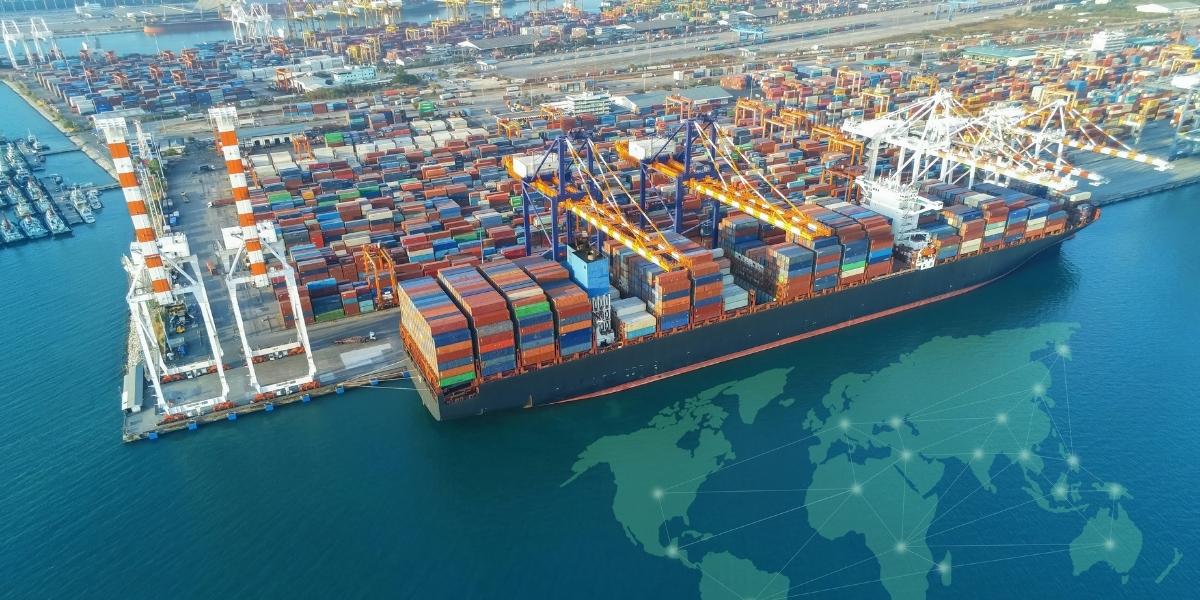How Is the Staycation Making a Resurgence in Modern Leisure?
The staycation has experienced a notable resurgence in recent years, emerging as a popular alternative to traditional travel. Various factors have influenced this shift, including global travel restrictions, economic considerations, and a growing interest in sustainable tourism. The term “staycation” refers to taking time off to relax and enjoy leisure activities close to home rather than traveling to distant destinations.
Modern consumers are increasingly valuing experiences that combine comfort, affordability, and convenience. Staycations fulfill these desires by offering opportunities to explore local attractions, enjoy familiar surroundings, and reduce travel-related stress. This trend reflects a broader cultural shift toward mindfulness and intentional living, where individuals seek quality leisure time without the logistical challenges of long-distance travel.
Additionally, technology has played a role in the staycation’s comeback. Online platforms highlight hidden gems within communities, promote local events, and enable easy booking for activities and accommodations nearby. As people rediscover their local environments, staycations contribute to revitalizing regional economies and supporting small businesses.
Read Also: How Chartered Flights Improve Business Travel Efficiency
What Factors Are Driving the Popularity of Staycations?
Several key factors contribute to the growing popularity of staycations. Economic concerns are paramount; many individuals and families are budgeting carefully in the face of rising living costs, making travel expenses less feasible. Staycations offer a cost-effective way to enjoy time off without incurring the high costs associated with airfare, accommodation, and international travel.
Health and safety considerations have also influenced decisions. Events such as the global pandemic heightened awareness of travel-related risks and encouraged people to seek safer alternatives. Choosing to stay local reduces exposure to crowded airports, unfamiliar environments, and potential health hazards.
Environmental consciousness is another driving force. Many travelers are reevaluating their carbon footprints and opting for more sustainable leisure practices. Staycations inherently reduce emissions related to transportation, making them an appealing choice for eco-minded individuals.
Social and cultural factors play a role too. As communities invest in enhancing local cultural institutions, parks, and recreational facilities, residents have more reasons to explore their own backyards. This local investment fosters pride and a sense of connection that deepens the staycation experience.
How Are Staycations Redefining Local Exploration and Leisure Activities?
Staycations have shifted the focus of leisure from distant travel to immersive local experiences. Instead of seeking exotic destinations, people are discovering the richness of their own regions. This redefinition encourages creative and meaningful engagement with nearby attractions.
Communities have responded by curating new experiences tailored to residents and short-term visitors alike. From guided historical tours to culinary festivals and outdoor adventures, local offerings provide diverse options that appeal to various interests. This diversity helps keep staycations fresh and exciting, even for repeat participants.
Staycations also promote slower, more mindful leisure. Without the rush of packing, airport lines, and tight itineraries, people can savor their time and connect more deeply with their surroundings. This slower pace often leads to greater relaxation and rejuvenation.
Moreover, staycations emphasize social connections. Many choose to share local experiences with family and friends, strengthening relationships while supporting local businesses and cultural venues.
What Socioeconomic Impacts Do Staycations Have on Communities?
The rise of staycations carries significant socioeconomic implications for communities. Increased local tourism boosts revenue for small businesses, including restaurants, shops, and entertainment venues. This economic injection can be vital for areas recovering from economic downturns or external shocks.
Staycations encourage reinvestment in infrastructure and public spaces. As demand grows, municipalities may enhance parks, museums, and cultural sites to attract and accommodate local visitors. These improvements benefit residents year-round and contribute to community wellbeing.
On the other hand, the shift toward local leisure can highlight disparities within communities. Not all residents have equal access to safe, enjoyable, and affordable recreational opportunities. Addressing these inequalities is crucial to ensuring that the benefits of staycations are broadly shared.
Employment patterns may also shift. Businesses experiencing increased local patronage may hire more staff or diversify services. Conversely, industries dependent on international tourism could face challenges, necessitating adaptation strategies.
Read Also: Beyond the Beach: Why Packing Your Kids on Vacations is a Great Investment
How Will the Staycation Trend Influence the Future of Leisure and Travel?
The staycation resurgence signals a lasting transformation in leisure and travel habits. While traditional travel will continue, the emphasis on local exploration and sustainable practices is likely to endure. People have discovered that meaningful leisure does not always require long-distance journeys.
Future leisure trends may see more hybrid approaches—combining staycations with occasional longer trips. This blend allows travelers to balance convenience, cost, and cultural enrichment. Technology will further enable personalized, localized experiences tailored to individual preferences.
Cities and communities have an opportunity to capitalize on this trend by investing in amenities, marketing local attractions, and fostering inclusive access. By embracing the staycation, destinations can build resilience against fluctuating global travel patterns and economic uncertainties.
The staycation’s rise reflects a broader desire for connection—to place, community, and wellbeing. It redefines how leisure is valued and experienced, shaping a future where enjoyment is found not only abroad but also close to home.








